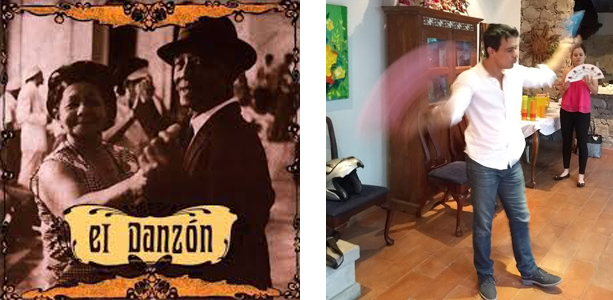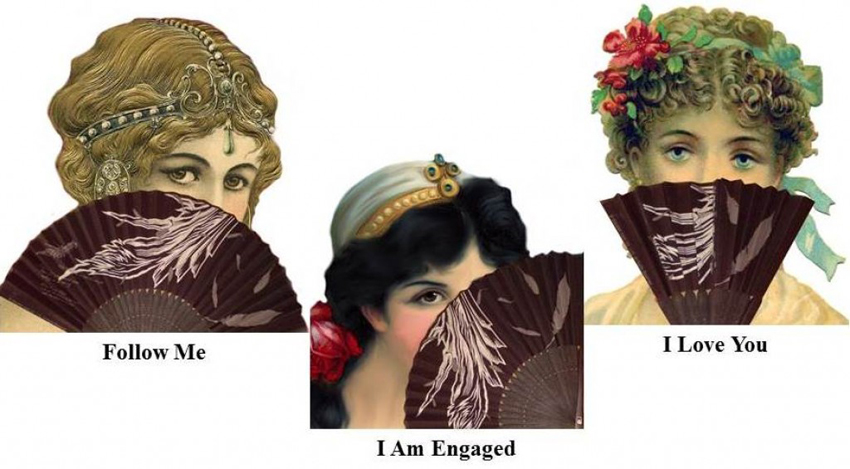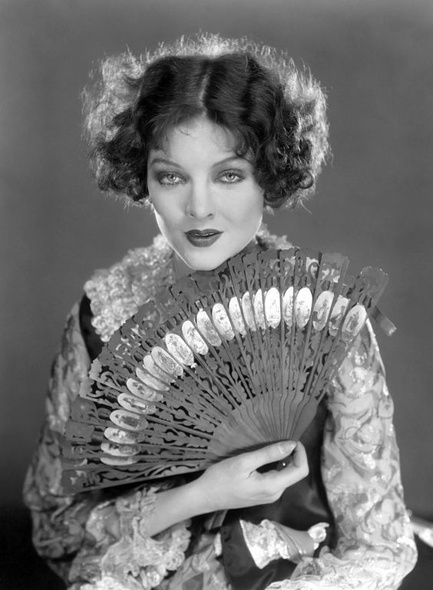
by Joseph Toone
The fan reached Spain via Islamic culture. Danzón started in Cuba in the late 1800s and quickly spread to the Yucatan.
The fan is unique to danzón. Other dances, tango, salsa, tap, square dancing... don"t use a fan. When properly exhibited in danzón the fan enhances the elegance and femininity of the dancer.


With subtle manipulations of her fan, a woman communicated to a man her interest, her marital status and whether that status mattered much to her. Before the days of texting, a danzón fan was the medium for communicating secret messages in a public venue.
For example, drawing the fan across the cheek meant "I love you", while twirling it in the left hand signalized "We are watched" and dropping indicated hatred. You could be even more specific in inciting an affair by using the number of fan panels being shown to indicate at what time the liaison was to commence.

A more chaste lass touched the edge of the fan with her fingers to show her desire for a later conversation. To slide a fan across the eyes signaled she wanted him out of her sight. Tossing a fan to her lips, of course, meant "kiss me."
The seductive language of the fan was invented over time to subtly communicate in the open. Though like modern hackers many men could read the dancer's fan, and worse yet, believe she was chatting with them when her intentions were meant only for her partner.

**************

Joseph Toone is Amazon's bestselling author of the San Miguel de Allende Secrets series of books and TripAdvisor's best rated historical walking tour guide. For more information contact toone.joseph@yahoo.com or visit History and Culture Walking Tours or JosephTooneTours.com, also on FaceBook.
You must register and log in to write a comment.
Please use the "login" link at the top (right) of the page.
|